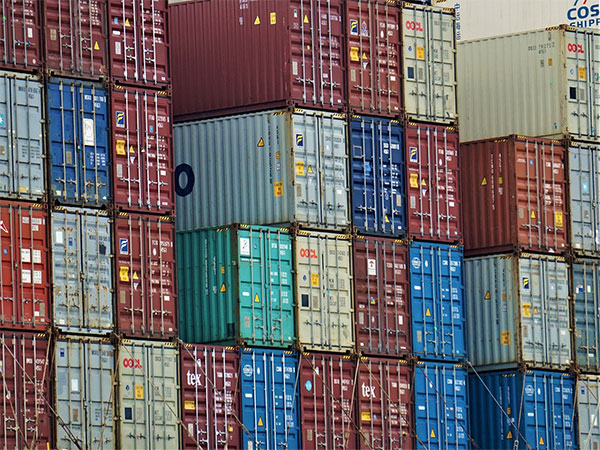New Delhi [India], February 19 (ANI): The widening of India’s merchandise trade deficit can be attributed to a decline in exports and a marginal rise in imports amid prevailing global economic uncertainty.
India’s merchandise trade deficit surged to USD 22.99 billion in January 2025, exceeding market expectations of USD 21.0 billion. This marks an increase from USD 21.94 billion in December 2024 and USD 16.56 billion in January 2024.
While both oil and gold deficits narrowed in January, the impact was offset by a sharp expansion in the non-oil non-gold (NONG) deficit.
The recent spike in oil prices to USD 78 per barrel warrants close monitoring, trends in services exports will also play a crucial role in shaping current account dynamics.
Sustained cooling in commodity prices, especially oil, could provide some support to trade balance improvements, whereas global growth concerns and export uncertainties may limit potential gains.
Additionally, geopolitical risks and tariff-related issues are likely to continue influencing India’s trade landscape in the coming months.
On a MoM basis, exports declined by approximately USD 2 billion to USD 36 billion, following an improvement in December 2024.
Imports, on the other hand, saw a marginal drop of USD 0.5 billion, reaching USD 59.42 billion. Gold imports, in particular, moderated significantly to 30.8 tons in January 2025 from 40 tons in December 2024 and approximately 100 tons in November 2024, primarily due to surging gold prices.
Despite an increase in oil prices to around USD 78.35 per barrel in January from USD 73.13 per barrel in December, the oil deficit contracted due to lagged price effects.
While the goods trade deficit widened, India’s services trade surplus provided some relief. The services surplus rose to USD 20.33 billion in January 2025 from USD 19.08 billion in December 2024, which was revised up sharply from an initial estimate of USD 15.16 billion.
This also marked a significant increase from USD 16.17 billion in January 2024. The resilience of the services sector in a slowing global economy is expected to have a positive impact on India’s current account balance (C/A) for FY25.
However, with positive seasonality typically seen in the final quarter of the fiscal year, the NONG deficit is expected to return to single-digit levels in the coming months.
Given the recent revisions in historical trade data and the shock experienced in November 2024, downside risks have emerged for the FY25 current account deficit projection of 1.2 per cent of GDP.
The sustainability of these trends and potential revisions in services trade data will be key factors in any future forecast adjustments. (ANI)












